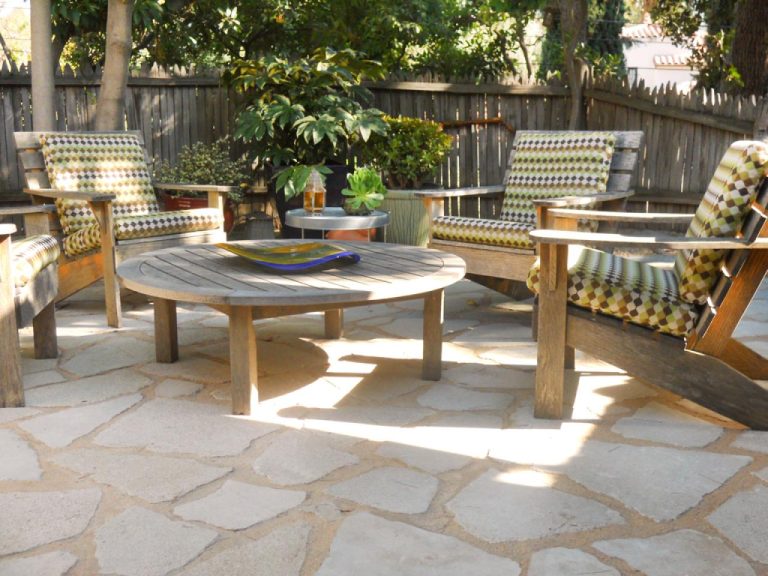A home is extra cozy when every corner of it is well-thought-of. This is why selecting the most pristine material for your outside, or outdoor patio is crucial for homemakers.
The Best Patio and Outdoor Reviews are available for you to read through before you make any purchase, but we’re going to go over some tips you may want to consider for styling your patio below, specifically in choosing the best material for the one in your home.
Getting Prepped
Before anything else, there are a few things you should consider about the patio you’re building in order to select the best material you’ll be working with in building it:
- Location
- Budget
- Size of outdoor space
- Availability of materials
- Local building policies and codes for safety
- Drainage preps to keep the toilet flushing
- The slope of the patio (should be away from the house)
Once you’ve gone through the list and double-checked them, you can select the right material for your patio. We’ve created a list of eight of the best and most common ones in the market for you to choose from:
Concrete
The most all-around, adaptable material for a patio is your classic concrete. The combination of sand, cement, gravel, and of course, water does wonders in giving you a lot to work with.
With concrete, durability meets design as it is also perfect for creating various textured patterns and an artfully designed finish. You can choose to have them finished smoothly, stamped, brushed, colored, tinted, scored, inlaid, painted, patterned, or even pebbled.
Brick
Another time-tested material for your outdoor patio is brick. It doesn’t just look classy for landscaping and architectural designs, but it is also pretty much durable. It is also very flexible as you can use it not just on flooring but also on your walls, edges, and pathways.
You can also create patterns with brick, such as herringbone, running bond, and jack-on-jack. Additionally, if your artistic design aims for something rustic and rural, brick is the best material for your home.
Flagstone
If you have a nice large quarry, you’ll want to build your patio using flagstone–with all its colorful stones. Because of their rough surface, they make well for outdoor patios giving traction to wet flooring during rainy seasons.
Common flagstones consist of sandstone, quartzite, bluestone, and limestone. What’s important is that you should remember to make sure that if you’re using them as flooring, each tile should be thick enough (around an inch and a half) and be directly laid out on the soil or on the sand in order to prevent them from breaking.
There are some who use thin tiles of flagstone as flooring but by laying them over concrete or wet mortar in order to prevent breakage and cracking.
Pavers
Because of the availability now of better hues for pavers, they have now become quite popular as materials for outdoor patios. Their curved shapes make them look like softer bricks, cut stones, or cobblestones.
Tile
Working with tiles for the floors of your patio will be a combination of unglazed and painted ones–with the former being the main tile and the latter used for accents. Unglazed tile, such as terracotta, quarry, and porcelain, is the primary material for most of the flooring because painted tiles or glazed ones can get slippery when wet.
For better maintenance, it is best that you use sealants and coatings on the tiles as protection from wear and tear alongside outdoor changes in weather, which might affect their original color and texture.
Cut Stone
This material is also referred to as stone tile. Because they are cut into square tiles, they usually appear to be more formal and elegant than the flagstone. They do have a smooth surface which you can contrast by using a filling in between tiles.
Loose Materials
If you’re living in an area that is prone to drought, loose materials are the best ones to use for your patio project. This is because they are less expensive for your patio.
Some examples of loose materials include pea gravel, bark mulch, decomposed granite, sand, rubber mulch, and aggregate stone.
They not only look well and deliver the purpose of good flooring, but they’ll also transform your patio into a garden without having to be an entire lawn.
Mixed Materials
If your house has a generous space to build your patio, then you can go all out with a patio that has sections and areas using mixed materials. From incorporating brick and concrete to pea gravel and pavers, you are bound to have a patio that will feel like an outdoor gallery with the right combinations.
As you plan out your outdoor patio project, the last tip that might be useful for you is to remember that it is part of your home. How it should look and feel should be an echo of your home’s entire atmosphere.

